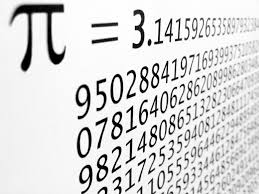This term “Pixel” which happens to be like the smoking gun in proving the artificial Matrix, is why we have “Pi” & “Phi” and “Patmos Island” as codes:
PIXEL ~~~ the number PI (3.14…)
PIXEL ~~~ the number “PHI“
PIXEL ~~~ Patmos Island
http://en.wikipedia.org/wiki/Pi
http://en.wikipedia.org/wiki/Phi
ANY SIMIL BETWEEN THE GREEK LETTER FOR No. “PI” AND THE HEBREW LETTER “H” IN THE TETRAGRAMMATON IS SHEER COINCIDENCE…?

Tetragrammaton (reads from right to left as YHVH in hebrew)

Number “PI” in the Matrix

Number “PI” as to number “PHI”

